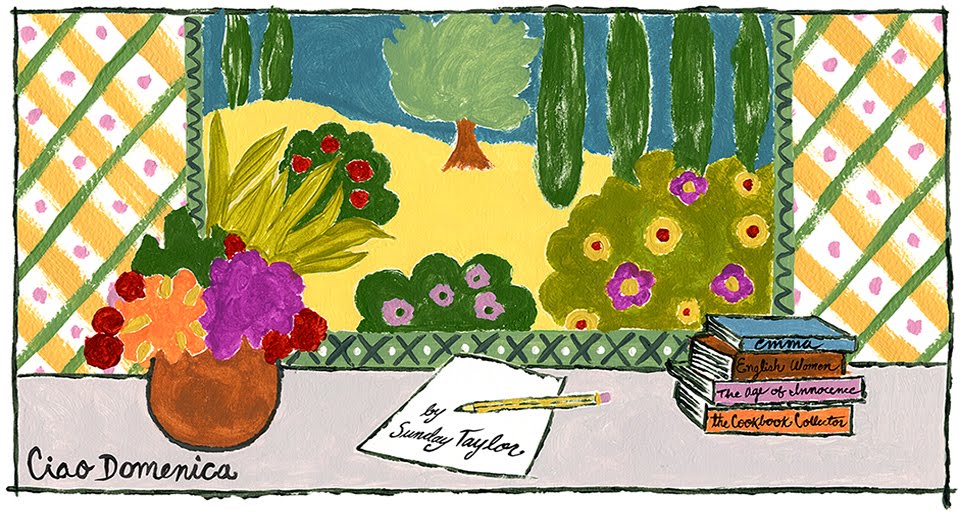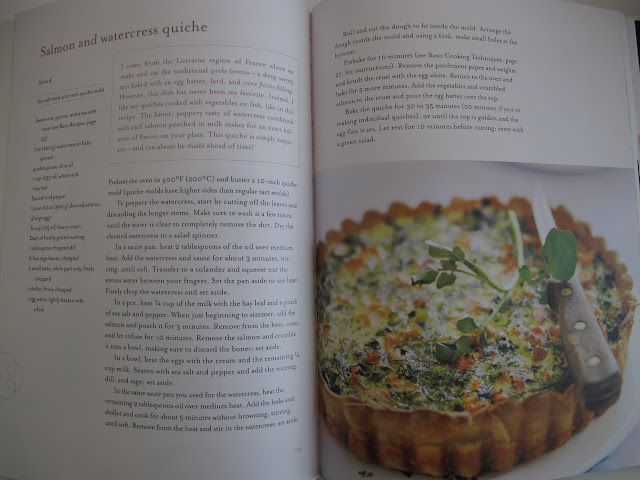Just in time for the beautiful spring produce arriving daily at our farmers' markets, three new cookbooks have been published. Each one of them highlights seasonal recipes and inspires us to get into the kitchen and start cooking! These books are beautiful and even though we are not supposed to "judge a book by its cover," these three beauties tempt us with their looks. Luckily they are also filled with fantastic recipes. They should give us plenty to cook as we enter this season of the very best vegetables and fruits of the year. By the way, have you noticed how beautiful food photography has become? Food stylists and photographers are producing gorgeous images that make us want to cook as well as decorate our kitchens and homes.
I am inspired by the role that food and the kitchen play in the lives of these cooks. No wonder we can read a cookbook from cover to cover. We are learning about serious cooks and their cooking life, which is centered around food and feeding their family and friends. And it is always inspiring to see other people's kitchens and pantries. For me the best cookbooks remind us of how much pleasure there is to be had in cooking and spending time in the kitchen. I really treasure the moments in my kitchen and when I bring new cookbooks into it, a whole new world of cooking opens up for me. Not to mention the delights of adding a new piece of crockery, a handy new utensil, a beautiful new bottle of olive oil, or an overflowing bowl of tomatoes -- these are the elements that add up to the warmth and beauty of a kitchen.
In "Ripe, A Cook in the Orchard,"Nigel Slater offers delectable recipes for dishes that he prepares with the fruit that he grows in his beautiful garden in London. As in his previous book "Tender," there is much information here about his vegetable garden and orchard. Slater is a devoted gardener and talented food writer and there is great inspiration here for gardeners as well as cooks. The photos are just beautiful!
********
"What could be sweeter than a life with friendship and food at its center"? This is the theme of Beatrice Peltre's new cookbook "La Tartine Gourmande." Peltre, who was born in France, is the creator of an award-winning blog by the same name. In this cookbook she offers her favorite recipes as well as the inspiration behind each dish. This cookbook is the story of the author's life as it revolves around food. These recipes look fresh and delicious.
********
In "Very Fond of Food," English cookbook writer Sophie Dahl has given us a year in recipes. Her beautiful new cookbook is filled with stories about each meal. The food feels old-fashioned and healthy at the same time. Dahl's memories and stories about life with her family and food make for good reading -- this a book you can sit down and read from cover to cover. And the photography -- gorgeous! As I read this book, I felt as if I had fallen into a cozy cottage in the English countryside.
The lovely Sophie Dahl
Happy Cooking!















































